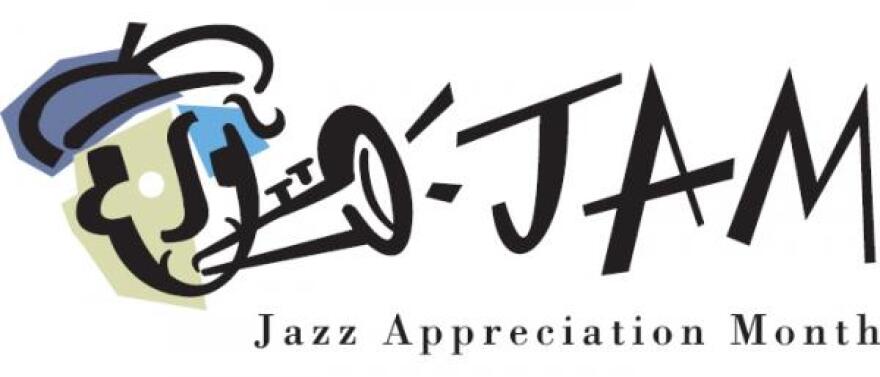"Music is your own experience, your own thoughts, your wisdom. If you don’t live it, it won’t come out of your horn. They teach you there’s a boundary line to music. But, man, there’s no boundary line to art. I kept thinking there’s bound to be something else? I could hear it sometimes, but I couldn’t play it." - Charlie Parker
Bebop. This subgenre of jazz has become the defining style for the last 70 years. Over the years, other subgenres have come and gone, but bebop is still the yardstick by which jazz musicians are measured.
The artists that developed the fast-paced, harmonically-sophisticated style of playing had all been playing in the swing bands in the 1940s, and like the quote above, thought there was more that could be done. They would converge on a place called Minton's Playhouse in Harlem after their gigs with the big bands, get up on stage and let it all out. Thelonious Monk, Kenny Clarke, Charlie Christian, Charlie Parker, Dizzy Gillespie and others started taking chances with the music, extending its rhythmic and harmonic language. In those late-night jam sessions that sometimes wouldn't end until the sun came up, they changed jazz forever.
Charlie Parker is a towering figure in jazz. He and Louis Armstrong are probably the two musicians who had the most profound effect on the music. Every jazz musician since "Bird", as Parker was called, has had to deal with his innovations, his phenomenal technique, and his additions to the jazz language. His importance to the history of the music can not be overstated.
The Coleman Hawkins tune we listened to yesterday was the precursor to today's tune. Remember how Hawkins barely alluded to the melody on "Body and Soul" before taking off on his improvisation filled with double-time runs and harmonically complex note choices? Well, on this tune, called "Ornithology,” Parker takes it a step further.
"Ornithology" is a contrafact — a newly created melody created over the chord progression of another song. The chord progression is the underlying harmony that you hear from the bass and piano/guitar. Every song has a specific chord structure, i.e. GM7 - Gm7 - C7 - FM7 - Fm7. This is how the first few bars of the tune go. Parker took these chords from another song, called "How High The Moon,” and wrote a new melody to go with them, and that became "Ornithology.” Over the years, Parker did this with many of his original compositions.
For comparison purposes I'll give you a great version of "How High The Moon" by the Benny Goodman Orchestra. This is from 1940:
Now here's Parker, six years later, completely remaking the song. Remember, the melody is different, but if you listen closely, you might be able to hear the underlying chords are the same.
This was Parker's Sextet featuring Charlie Parker (alto sax), Miles Davis (trumpet), Lucky Thompson (tenor sax), Dodo Marmarosa (piano), Arvin Garrison (guitar), Vic MicMillan (bass) and Roy Porter (drums).
Sadly, Parker died at age 33. Who knows where he might have taken the music had he lived longer. But he left a huge amount of recorded music for us to enjoy.
Clint Eastwood made a great film about him called "Bird" starring Forrest Whitaker as Parker. It's dark, but it's well worth watching, if only for the music.
Since I mentioned Louis Armstrong earlier and we haven't talked about him yet, he'll be our featured artist tomorrow.
---
Jason Parker is a Seattle-based jazz trumpet player, educator and writer. His band, The Jason Parker Quartet, was hailed by Earshot Jazz as "the next generation of Seattle jazz." Find out more about Jason and his music at jasonparkermusic.com.



